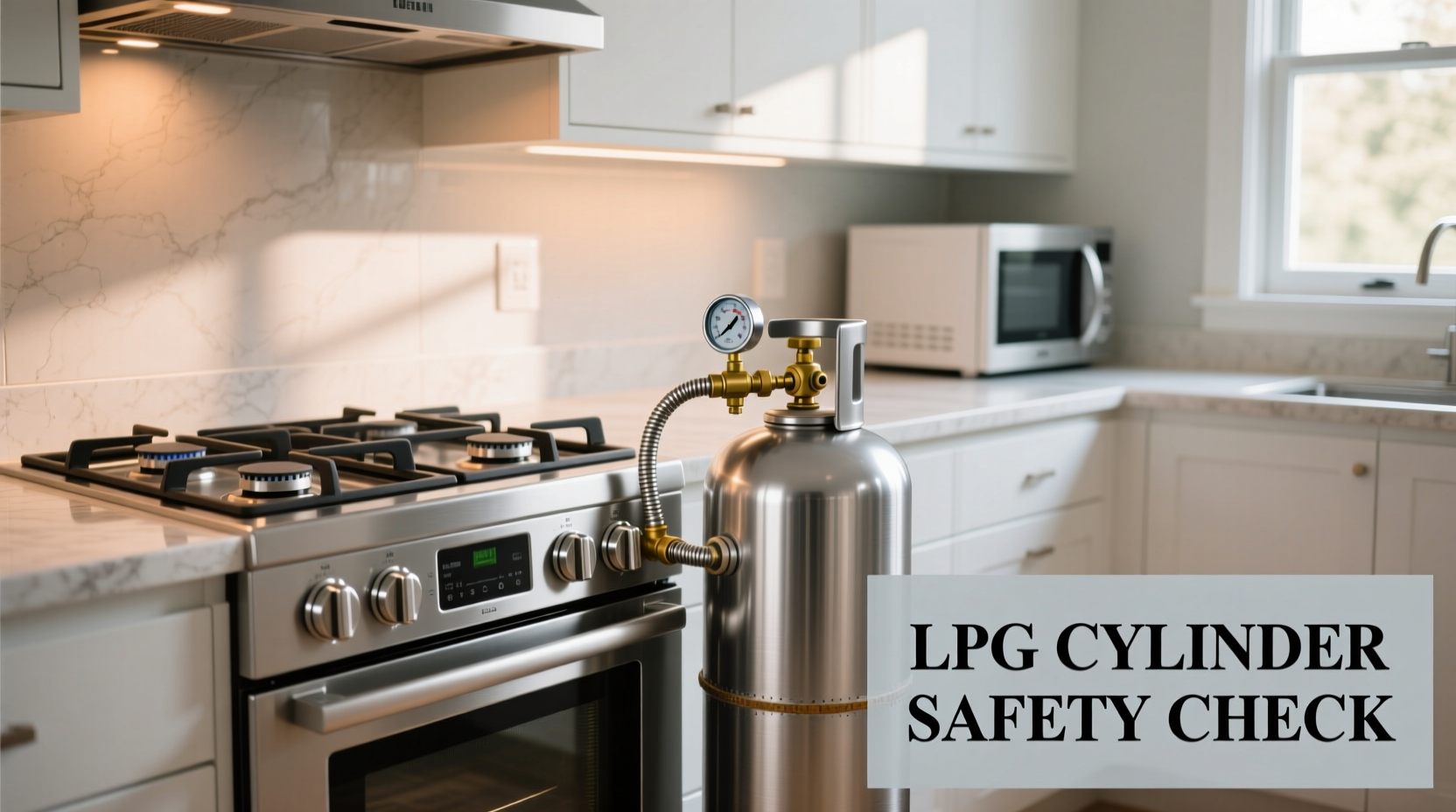When you turn the knob on your stove, you're likely using either liquefied petroleum gas (LPG) or natural gas—two distinct fuel sources that power kitchens worldwide. Understanding exactly what gas is cooking gas matters for safety, appliance compatibility, and making informed energy choices for your home.
What Exactly Is Cooking Gas Made Of?
Cooking gas isn't a single substance but refers to two primary fuel types used globally:
- Liquefied Petroleum Gas (LPG): A blend of propane (C3H8) and butane (C4H10) stored under pressure in portable cylinders. This is the most common cooking fuel worldwide, particularly in Asia, Africa, Latin America, and rural areas.
- Natural Gas: Primarily methane (CH4) delivered through pipelines. Predominant in urban North America, parts of Europe, and some Middle Eastern countries.
The U.S. Energy Information Administration confirms that approximately 60 million American households use natural gas for cooking, while LPG serves over 3 billion people globally according to the World LPG Association.
| Gas Type | Primary Components | Storage Method | Global Usage |
|---|---|---|---|
| LPG | Propane (60%), Butane (40%) | Pressurized cylinders | 70% of global households |
| Natural Gas | Methane (90-95%) | Pipeline distribution | 25% of global households |
Why These Specific Gases Power Our Kitchens
Cooking requires fuels with specific properties that make LPG and natural gas ideal choices:
- High energy density: LPG delivers 46.1 MJ/kg compared to natural gas's 54.0 MJ/kg, providing efficient heat output
- Clean combustion: Both produce minimal soot when properly burned (CO2 and H2O as primary byproducts)
- Instant ignition: No waiting period between turning on the gas and getting flame
- Precise temperature control: Immediate adjustment capability unlike electric elements
National Fire Protection Association data shows properly maintained gas cooking systems have comparable safety records to electric alternatives when used with modern safety features like automatic shut-offs.
Regional Differences in Cooking Gas Composition
Your location dramatically affects what gas is cooking gas in your kitchen. This regional variation stems from infrastructure development and resource availability:
- North America: Primarily natural gas (methane) in cities, with propane for rural areas
- Europe: Mixed systems—natural gas in Western Europe, LPG more common in Eastern regions
- Asia: Over 90% use LPG cylinders, with butane-propane ratios adjusted for climate
- Africa: LPG adoption growing rapidly, though many still use traditional biomass
The International Gas Union reports that colder climates favor propane-rich LPG blends (70% propane/30% butane) because propane vaporizes better at low temperatures, while tropical regions use more butane (30% propane/70% butane) for its higher energy density.

Technical Specifications Every Home Cook Should Know
Understanding the technical aspects of your cooking gas helps with appliance selection and safety:
- Wobbe Index: Measures interchangeability between gas types (LPG: 76.6 MJ/m³, Natural Gas: 48.8 MJ/m³)
- Calorific value: LPG provides 25,000 BTU per pound versus natural gas at 1,030 BTU per cubic foot
- Pressure requirements: LPG systems operate at 2.75 kPa while natural gas uses 1.75 kPa
These technical differences explain why appliances require specific conversions when switching gas types. The American Gas Association emphasizes that improper conversion creates dangerous incomplete combustion, producing carbon monoxide.
Safety Considerations for Cooking Gas Users
While modern systems incorporate multiple safety features, understanding proper handling remains essential:
- LPG is heavier than air and pools at floor level if leaked, while natural gas rises
- Both gases include mercaptan odorant (smells like rotten eggs) for leak detection
- Regular hose inspections prevent 85% of preventable gas incidents (per NFPA data)
- Never use outdoor propane appliances indoors due to oxygen depletion risks
European Committee for Standardization regulations require all new LPG cylinders to include overfill prevention devices since 2020, reducing explosion risks by an estimated 40% according to their safety reports.
Environmental Impact Comparison
As sustainability concerns grow, understanding the environmental footprint of what gas is cooking gas becomes increasingly relevant:
- Carbon emissions: Natural gas produces 11.7 lbs CO2 per therm versus LPG's 13.9 lbs
- Methane leakage: Natural gas infrastructure leaks contribute significantly to greenhouse effects
- Renewable alternatives: Bio-LPG and green hydrogen blends are emerging options
The International Energy Agency projects renewable gas could supply 10% of global cooking needs by 2030, with countries like India and Brazil leading bio-LPG adoption through waste-to-energy programs.
Practical Guidance for Home Users
Identify your cooking gas type by checking:
- Cylinder color codes (red for propane, blue for butane in many countries)
- Appliance labels ("NG" for natural gas, "LP" for propane)
- Connection type (natural gas uses threaded pipes, LPG uses clip-on regulators)
If converting between gas types, always hire a certified technician—DIY conversions account for 32% of gas-related cooking incidents according to Consumer Product Safety Commission data. When purchasing new appliances, verify compatibility with your local gas supply to ensure optimal performance and safety.
What's the difference between propane and butane for cooking?
Propane works better in cold climates as it vaporizes at lower temperatures (-42°C vs butane's -0.5°C), while butane provides slightly higher energy content. Most LPG for cooking contains both in varying ratios depending on regional climate.
Can I use the same stove for natural gas and LPG?
No, stoves require specific conversion because natural gas and LPG operate at different pressures and have different air-to-gas ratios. Using the wrong gas type without proper conversion creates dangerous incomplete combustion and carbon monoxide risks.
How can I tell if I have a gas leak?
Both cooking gases include mercaptan odorant that smells like rotten eggs. For LPG (heavier than air), check near floor level; for natural gas (lighter than air), check near ceiling. Never use flames to detect leaks—use soapy water on connections to look for bubbles.
Is cooking gas the same as automotive LPG?
While both use LPG, cooking gas typically contains more butane and less propane than automotive LPG. Automotive LPG often includes additional anti-corrosion additives not suitable for cooking appliances. Never interchange these fuel types.











 浙公网安备
33010002000092号
浙公网安备
33010002000092号 浙B2-20120091-4
浙B2-20120091-4